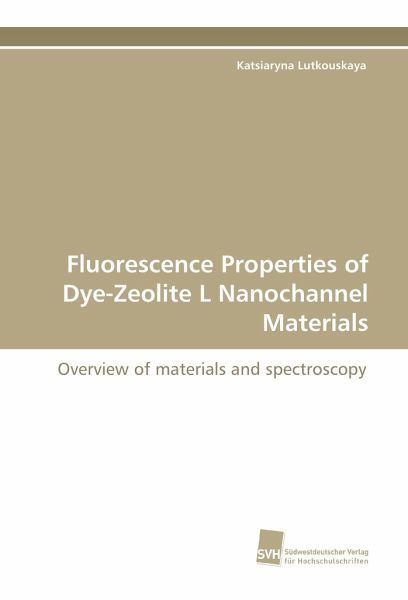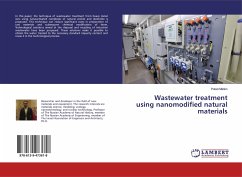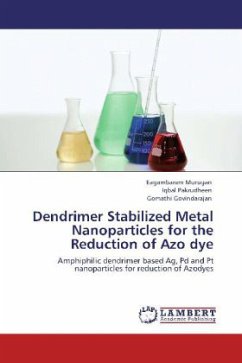
Fluorescence Properties of Dye-Zeolite L Nanochannel Materials
Overview of materials and spectroscopy
Versandkostenfrei!
Versandfertig in 6-10 Tagen
46,99 €
inkl. MwSt.

PAYBACK Punkte
23 °P sammeln!
Dye-loaded zeolite L materials are materials where organic dye molecules, the guests, are enclosed inside the channels of the host, zeolite L. Since enclosed dyes can not form aggregates causing fluorescence quenching, these materials are highly fluorescent, which is demanding for optoelectronic devices (dye-sensitized solar cells, OLEDs, luminescent concentrators) and biological labelling. Crystals loaded subsequently with two kinds of dyes, donors and acceptors, mimic the natural antenna of green plants. Light is captured by donors and then energy is transported to acceptors by means of För...
Dye-loaded zeolite L materials are materials where organic dye molecules, the guests, are enclosed inside the channels of the host, zeolite L. Since enclosed dyes can not form aggregates causing fluorescence quenching, these materials are highly fluorescent, which is demanding for optoelectronic devices (dye-sensitized solar cells, OLEDs, luminescent concentrators) and biological labelling. Crystals loaded subsequently with two kinds of dyes, donors and acceptors, mimic the natural antenna of green plants. Light is captured by donors and then energy is transported to acceptors by means of Förster-type energy transfer (FRET). Varying the mean donor-acceptor distance allows tuning of the amount of energy transfer, the fluorescence dynamics of donor and acceptor, and the colour of the material. The study of FRET by means of fluorescence spectroscopy is presented. Crystals can be assembled in specific patterns, for example, in monolayers, which brings properties of individual crystalup to macroscopic scale. Optical spectroscopy on monolayers is presented, and the change of the extinction coefficient of a dye in monolayer, compared to solution, is discussed.












